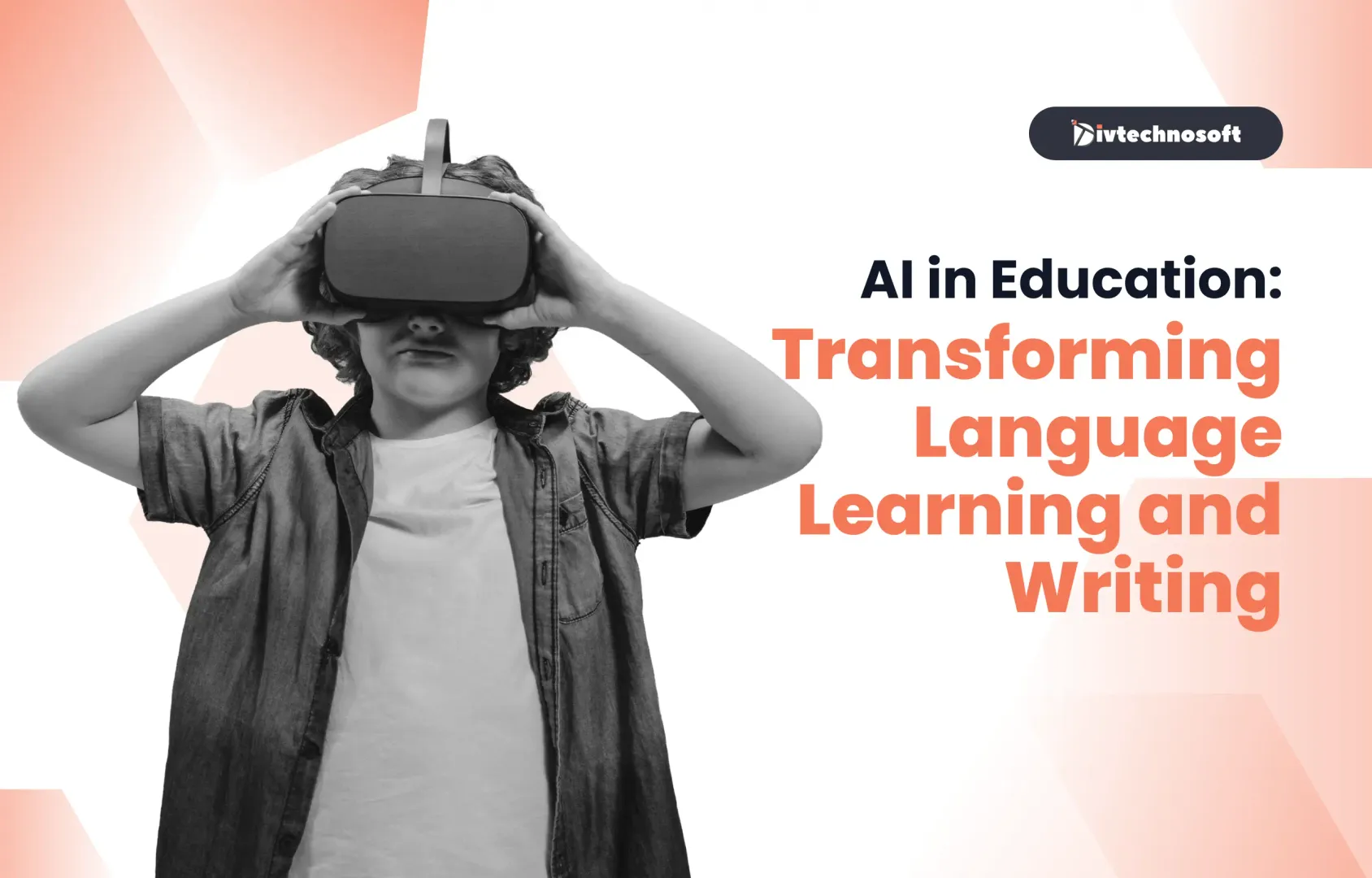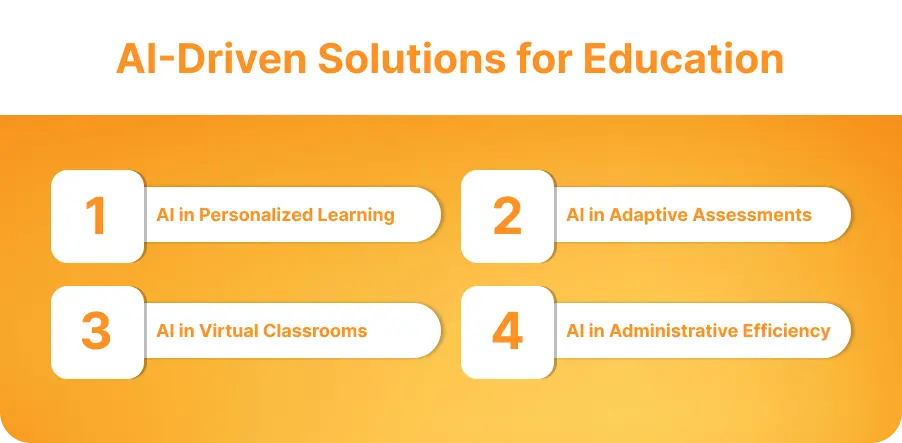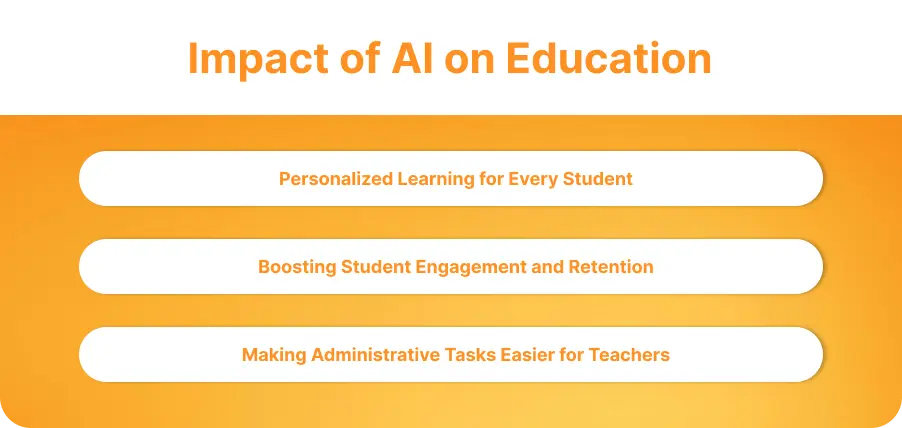Explore how AI is transforming education by personalizing learning, enhancing language skills, and improving writing. Learn how AI-powered tools are reshaping the classroom experience and boosting student success.

With the rapid advancement in AI technology, it’s no surprise that it’s transforming education. From personalized learning to automated grading systems, AI is revolutionizing how we teach and learn. One area where AI has shown immense potential is in language learning and writing. By processing vast amounts of data, AI is changing how students learn languages and improving writing quality.
Language learning and writing are critical skills many students struggle with, leading to frustration and lower academic performance. Traditional methods often fail to address these challenges, leaving students without the personalized support they need. This is where AI in education comes in. Offering real-time feedback, personalized exercises, and customized suggestions, AI helps students progress faster and with greater confidence.
With the global AI education market expected to grow by 40% annually, it’s clear that AI is shaping the future of education. In this blog, we’ll explore how AI transforms language learning and writing and impacts student success.
The education system faces several problems:
Students have different learning needs and abilities.
There aren’t enough resources to support personalized learning for every student.
Many students drop out or lose interest in school.
Teachers spend a lot of time on administrative tasks instead of teaching.
AI helps solve many problems in education by offering smart solutions that make learning more personalized, keep students engaged, and make administrative tasks easier for teachers.

AI uses data to create learning plans that fit each student’s unique needs.
How it Works: AI analyzes information such as students’ performance, learning styles, and engagement. Based on this, it creates learning paths that focus on each student’s strengths and areas for improvement, making learning more effective and enjoyable.
AI designs tests that change difficulty based on student performance, giving a more accurate picture of their knowledge.
How it Works: AI makes assessments that adjust in real-time, depending on how the student answers questions. This helps teachers get a better understanding of what a student knows and where they need more help.
AI makes online learning more interactive and engaging for students.
How it Works: AI uses technologies like machine learning and natural language processing (NLP) to create virtual classrooms that can interact with students. It provides instant feedback, tracks student engagement, and adjusts lessons to keep students interested.
AI helps with administrative tasks, allowing teachers to spend more time teaching.
How it Works: AI automates tasks like grading, taking attendance, and scheduling. By handling these repetitive tasks, AI frees teachers to focus on their main job teaching and supporting students.
AI in education is transforming the way we learn, teach, and manage classrooms. By integrating smart technologies, it’s revolutionizing key areas like personalized learning, student engagement, and administrative efficiency.

AI helps create personalized learning experiences by adjusting lessons to meet each student’s unique needs. According to the World Economic Forum, AI-based learning platforms can boost student engagement and performance by up to 30%.
AI tools and interactive platforms make learning more engaging, helping students stay interested and complete their courses. Students using AI-powered learning systems are 20% more likely to stay engaged and finish their courses compared to those using traditional methods.
AI simplifies administrative tasks, saving teachers time and making their work more efficient. AI can reduce the time teachers spend on routine tasks by up to 40%, giving them more time to focus on teaching and supporting students.
AI is being used with virtual reality (VR) to create fun and interactive learning experiences.
How it Works: AI and VR combine to offer realistic, hands-on learning opportunities. Students can explore 3D models, conduct virtual experiments, and explore virtual worlds, making learning more exciting and effective.
AI analyzes student data to predict how well they will do and identify those who may need extra help.
How it Works: AI analyzes past performance and behavior to predict how a student might perform in the future. This helps teachers spot struggling students early on, allowing them to provide support and improve their chances of success.

AI is transforming education, but its integration brings a set of ethical challenges and concerns that must be addressed to ensure fairness, privacy, and accessibility.
AI in education relies heavily on student data, which raises concerns about privacy and how this data is collected, stored, and used. It’s important to ensure that student information is protected from unauthorized access or exploitation.
AI systems can unintentionally favor certain groups if they are trained on incomplete or unfair data. It’s important to create AI tools that treat all students the same and give everyone an equal chance to succeed, regardless of their background.
As AI systems take over administrative tasks and personalized learning, there are concerns about the future role of teachers. AI should enhance, not replace, the teacher-student relationship, ensuring that educators remain central to the learning process.
AI algorithms can be complex, and decisions made by AI systems may lack transparency. It’s important to ensure accountability in how these systems make decisions, particularly in high-stakes environments like education.
AI is reshaping the future of education, and its potential to transform language learning and writing is nothing short of exciting. By offering personalized, interactive experiences and real-time feedback, AI tools are making education more accessible, efficient, and customized to individual needs. As this technology continues to evolve, the possibilities for enhancing how we learn languages and improve writing are boundless.
The key takeaway? AI is not just an addition to the classroom, it’s a powerful partner in the journey towards mastering new skills and reaching new heights in education. As we adopt these innovations, we’re not only changing how students learn today but building the foundation for a smarter, more connected future.
Divyesh Savaliya
Divyesh Savaliya
Divyesh Savaliya